Top 9 Rock Festivals
This week Classic Rock Review joins the celebration of the 45th Anniversary of the historic 1969 Woodstock Music Festival. In conjunction with Top 9 Lists, we present a list of the Top 9 […]

This week Classic Rock Review joins the celebration of the 45th Anniversary of the historic 1969 Woodstock Music Festival. In conjunction with Top 9 Lists, we present a list of the Top 9 […]
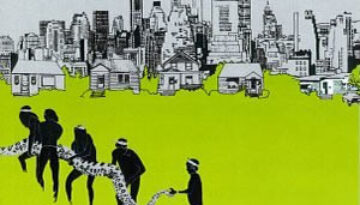
Buy The Hissing Of Summer Lawns Joni Mitchell continued her musical evolution from folk and pop towards free form jazz with her adventurous 1975 album, The Hissing of Summer Lawns. The album incorporates […]
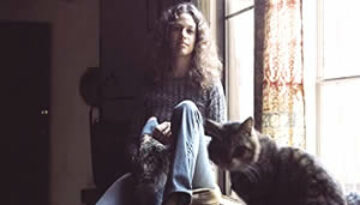
Buy Tapestry After spending most of the 1960s writing hits for other artists, Carole King started a solo career at the dawn of the 1970s. Her 1971 second studio album, Tapestry, became her […]
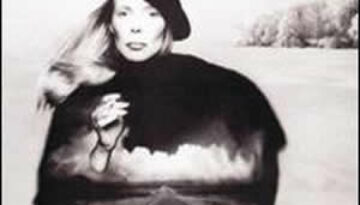
Buy Hejira Joni Mitchell once said, “from time to time the river of my music needs new tributaries.” And so it was with Hejira. She slowly tilted towards a more jazz influenced sound, […]
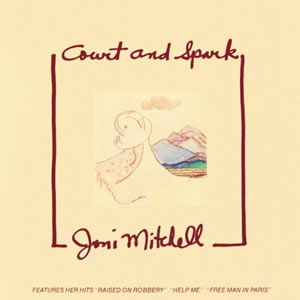
Buy Court and Spark Court and Spark is the sixth album by Joni Mitchell and the first where she moved towards pop and jazz elements to blend with her base folk compositions. The […]
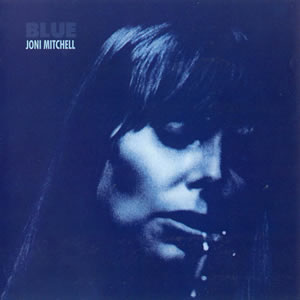
Buy Blue The fourth album by Joni Mitchell, the 1971 release Blue, saw the folk singer reach her highest critical acclaim. The album employs sparse musical arrangements leaning heavily towards the folk genre, […]